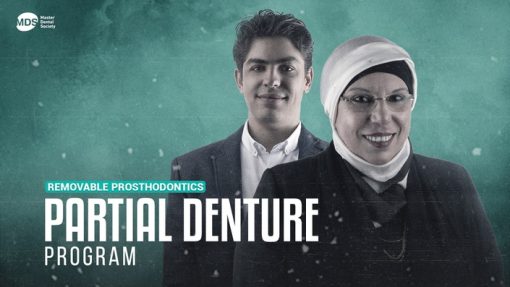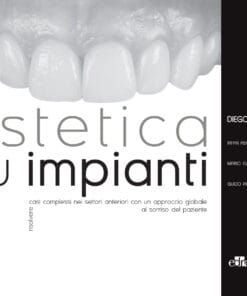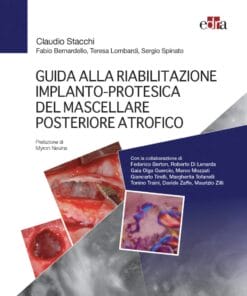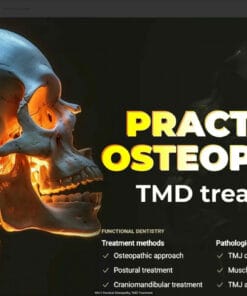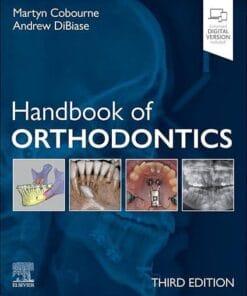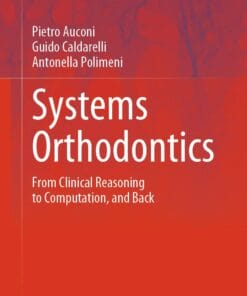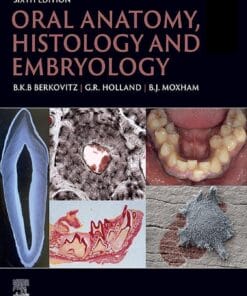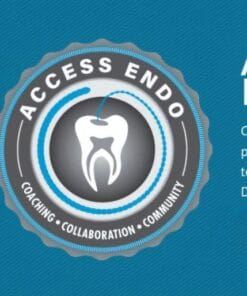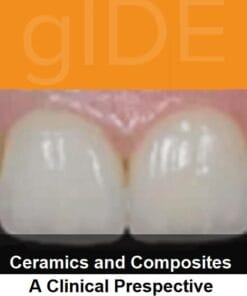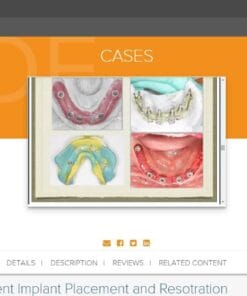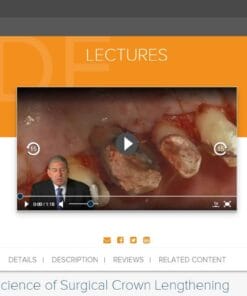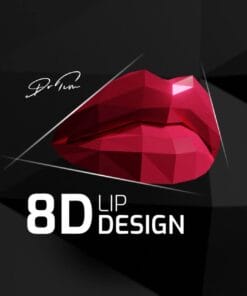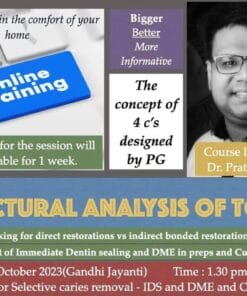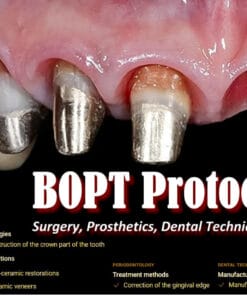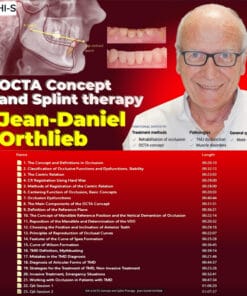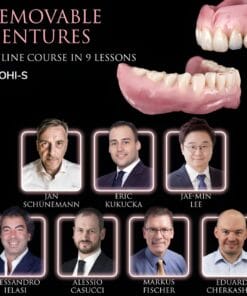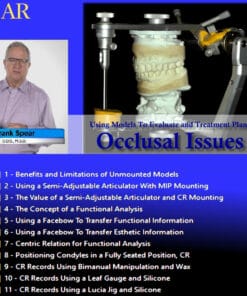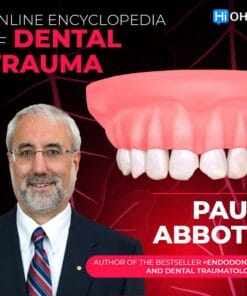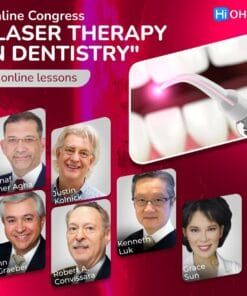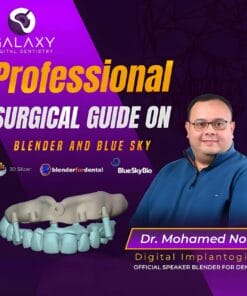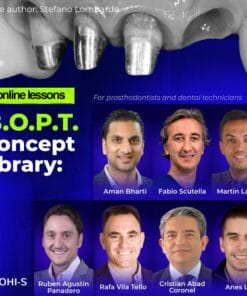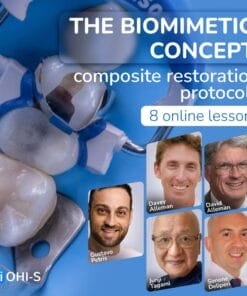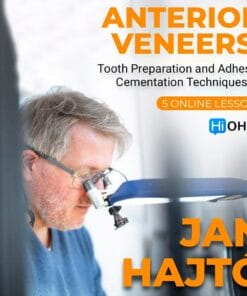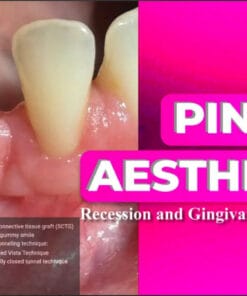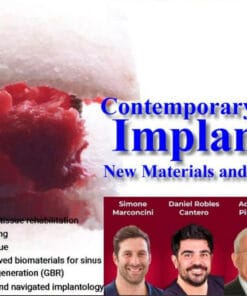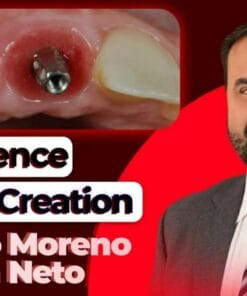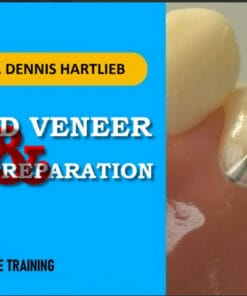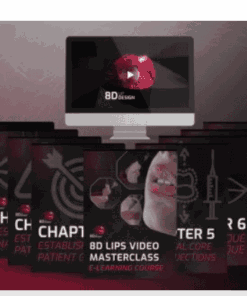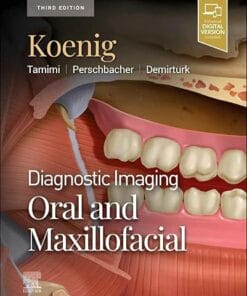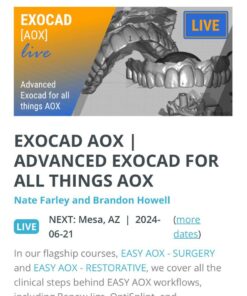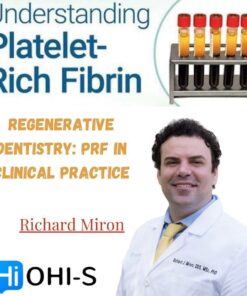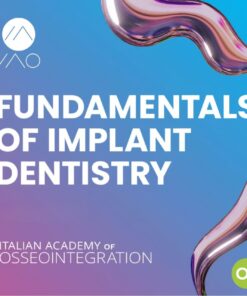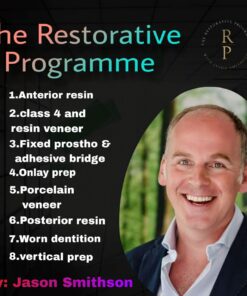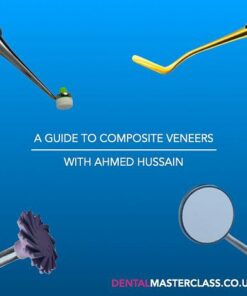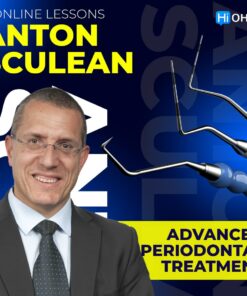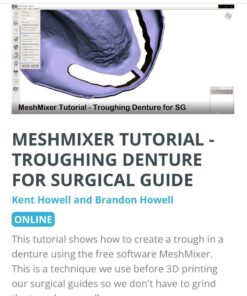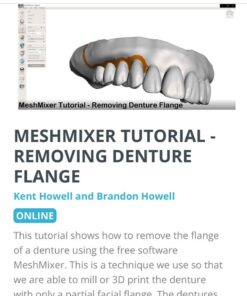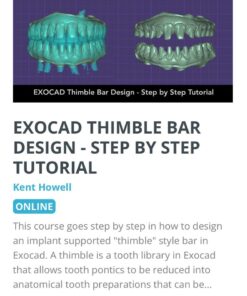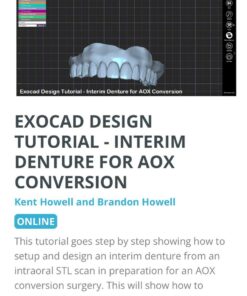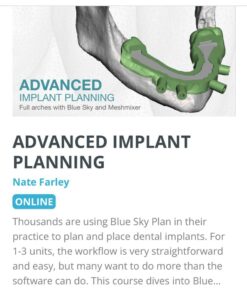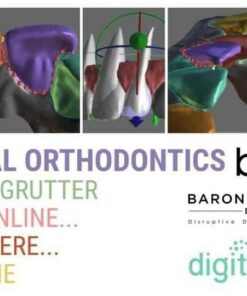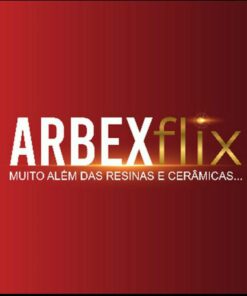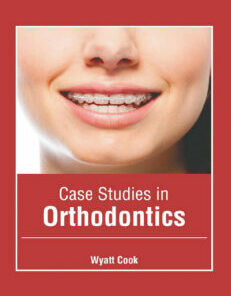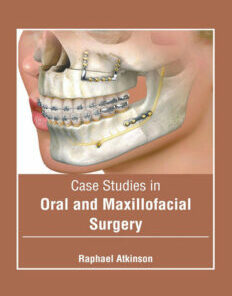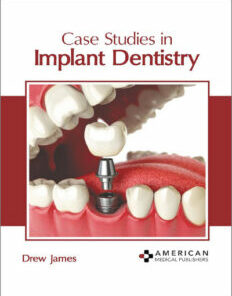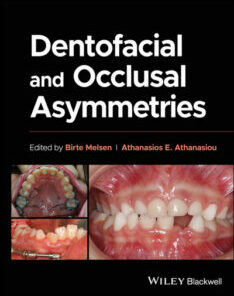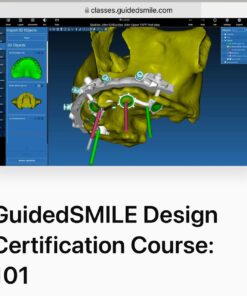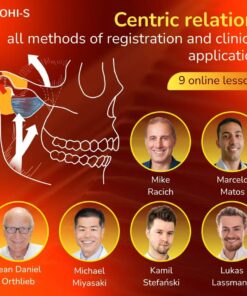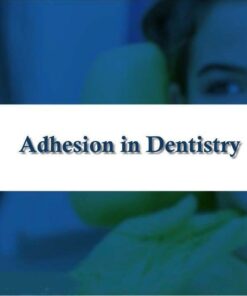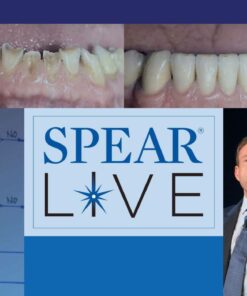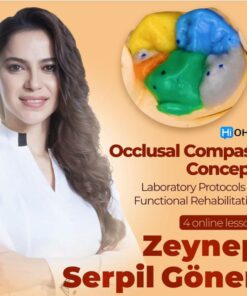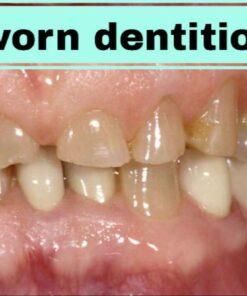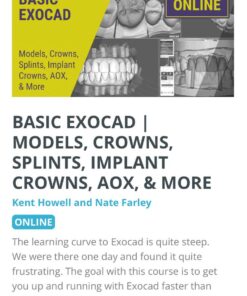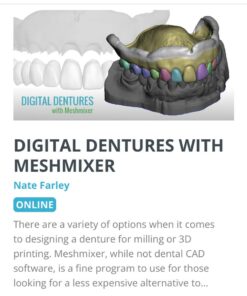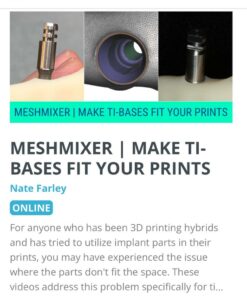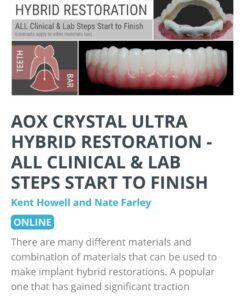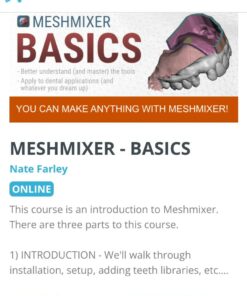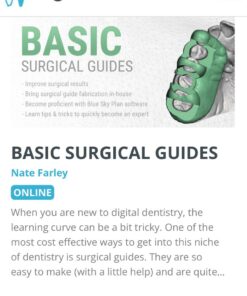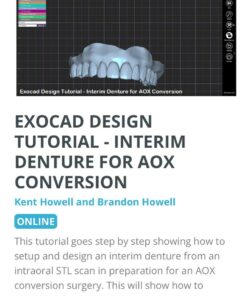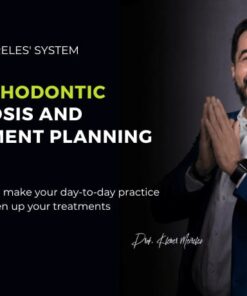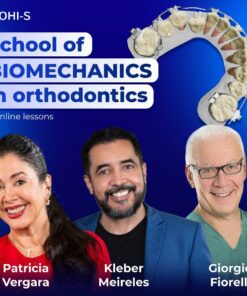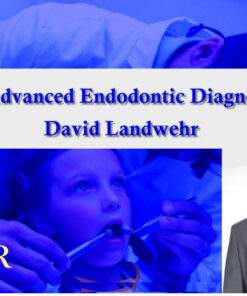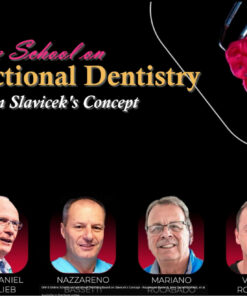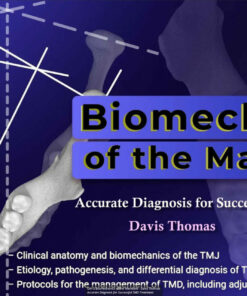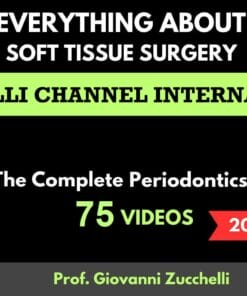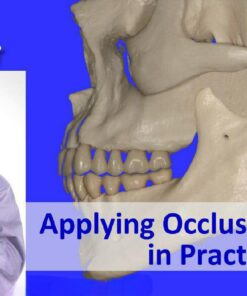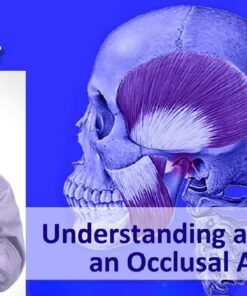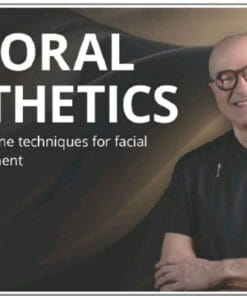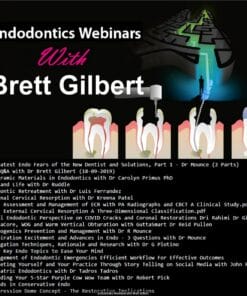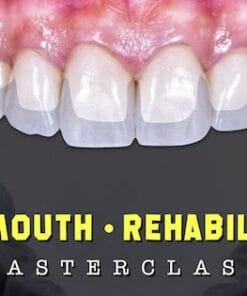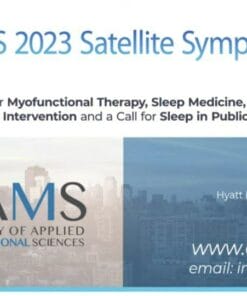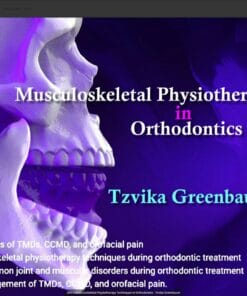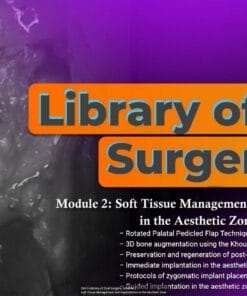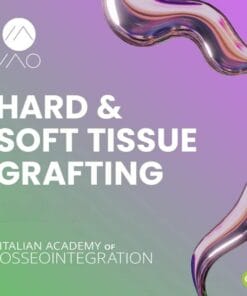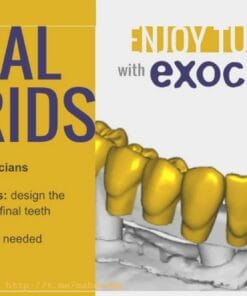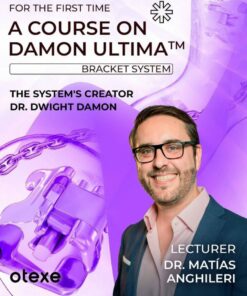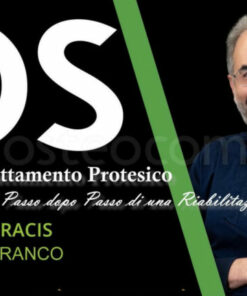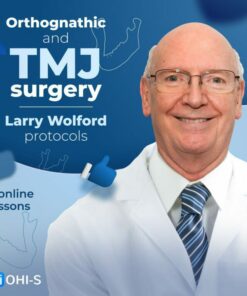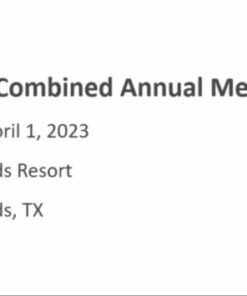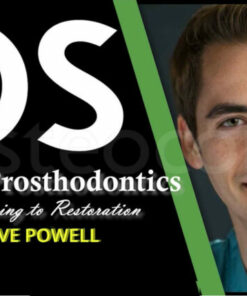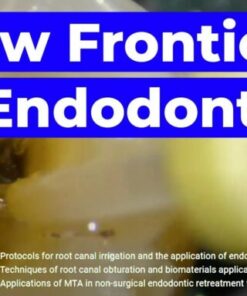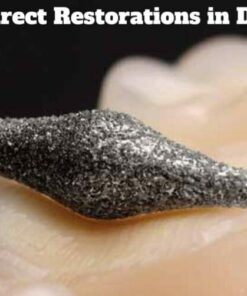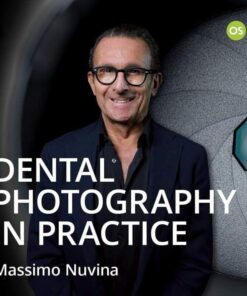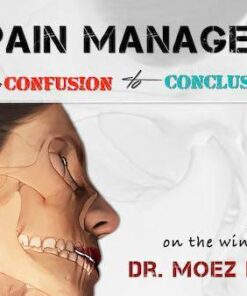Partial Removable Denture Program (Course)
15 $
Partial Removable Denture Program
Partial Removable Denture Program
When it comes to tooth loss, seeking a solution that can both restore your smile and oral function is important. This is where a partial removable denture program can come into play and serve as an effective dental solution. In this article, we’ll provide a comprehensive guide to understanding everything you need to know about this treatment plan.
What is a partial removable denture program?
A partial removable denture program is a dental treatment plan that involves the use of a customized prosthetic device, known as a removable partial denture (RPD), to fill in gaps caused by missing teeth. The RPD is typically made of either metal or acrylic and is attached to remaining natural teeth or dental implants.
What are the benefits of a partial removable denture program?
There are several benefits of a partial removable denture program, including:
- Restored oral function: By filling in gaps caused by missing teeth, RPDs can help you chew and speak properly, ultimately restoring your overall oral function and quality of life.
- Improved aesthetics: In addition to restoring the functionality of your teeth, RPDs can also improve the appearance of your smile and boost your confidence.
- Preservation of remaining teeth: RPDs can prevent remaining natural teeth from shifting out of position and causing further oral health problems.
- Easy to clean: Since RPDs are removable devices, they are easy to clean and maintain for optimal oral hygiene.
What is the process involved in a partial removable denture program?
The process for a partial removable denture program typically involves the following steps:
- Diagnosis and treatment planning: Your dentist will evaluate your oral health and determine whether an RPD is the best solution for you.
- Mouth preparation: Your dentist will then make adjustments to your remaining teeth or dental implants to prepare your mouth for the RPD. They’ll also design an ideal RPD for you.
- Jaw relation recording: Impressions of your teeth will be taken to create a model of your mouth and record the relationship between your jaws.
- RPD fabrication: An RPD will be fabricated in a dental laboratory according to the design and model created by your dentist.
- RPD insertion and adjustment: Once your RPD is ready, your dentist will fit it in and adjust it to ensure a proper fit and comfortable wear.
What are the types of RPDs?
There are two types of RPDs, including:
- Acrylic RPDs: Made entirely of acrylic and typically used as temporary replacements
- Metal-based RPDs: Made of a metal framework and acrylic teeth, these are more durable and longer-lasting
Conclusion
If you’re experiencing tooth loss, a partial removable denture program may be a viable solution to restore your smile and oral function. Speak with your dentist about whether this treatment plan is right for you. By taking proper care and maintenance, your RPD can offer long-lasting oral health benefits.
Topics
Partial Removable Denture Program Introduction to Partial Denture - Dr. Amal Kaddah Start 1- Introduction and course content (2:27 ) Start 2- Removable prosthodontics definition and arch classification (6:51 ) Start 3- Teeth loss consequences and forces distribution in the oral cavity- (2:06 ) Start 4- Objectives of removable partial denture (1:45 ) Start 5- Indications for removable partial denture (2:38 ) Start 6- Advantages of removable partial denture over fixed partial denture and its contraindications (1:49 ) Start 7- Design of removable partial denture and forces acting (9:01 ) Start 8-1- Possible movements of the partial denture - Tissue ward movement (4:52 ) Start 8-2- Possible movements of the partial denture - Tissue away movement (4:03 ) Start 8-3- Possible movements of the partial denture - Horizontal movement (7:09 ) Start 8-4- Possible movements of the partial denture - Rotational movement (5:46 ) Start 9- Hazards and damaging effects of improperly designed partial dentures (9:04 ) Start 10- Summary (2:06 ) Start Handout Diagnosis of Partial Denture - Dr. Amal Kaddah Start 1- Introduction and Outline (1:19 ) Start 2- Steps of Construction (1:00 ) Start 3- Diagnosis and Treatment planning with sequence (2:01 ) Start 4-1- Diagnostic Procedure (16:10 ) Start 4-2- Diagnostic Procedure (5:56 ) Start 5-1- Clinical Examination - Extra-oral (11:06 ) Start 5-2- Clinical Examination - Intra-oral examination 1 (15:08 ) Start 5-3- Clinical Examination - Intra-oral examination 2 (12:34 ) Start 6- Radiographic Examination (11:14 ) Start 7- Summary (1:11 ) Start Handout Mouth Preparation for Partial Denture-Prof. Dr. Amal Kaddah Start 1- Introduction and Outline (1:13 ) Start 2-Component Parts of Removable Partial Dentures (1:18 ) Start 3-1- Planning sequence for RPDs patients (6:01 ) Start 3-2- Draw the ideal RPD design (12:38 ) Start 3-3- Surveying of the study cast (7:58 ) Start 3-4- Mouth Preparation (10:18 ) Start 4- Overview on Abutment Preparation (0:55 ) Start 5- Abutment tooth preparation steps (18:29 ) Start 6-1- Abutment tooth preparation steps (14:16 ) Start 6-2- Recountouring and Undercuts (2:39 ) Start 6-3- Abutment coverage with crown restoration (0:52 ) Start Handout Occlusion in Partial Denture- Prof. Dr. Amal Kaddah Start 1.1- Introduction (1:09 ) Start 1.2-Overview, Objectives, and Requirements of Balanced Occlusion (6:02 ) Start 1.3- Common Occlusal Disharmonies (4:12 ) Start 1.4- Recording Jaw Relations (2:04 ) Start 1.5- Methods of establishing Jaw relationship (8:19 ) Start 1.6- Steps of Jaw relation record (9:02 ) Start 1.7- Centric Jaw Relation and Protrusive Records (2:15 ) Start 2.1- Introduction (0:29 ) Start 2.2- General Considerations in Desirable Occlusion of PD (5:37 ) Start 2.3- Desirable occlusal contact relationship for removable partial denture (10:17 ) Start 2.4- Requirements of satisfactory occlusion (2:22 ) Start 2.5- Common occlusal disharmonies (3:12 ) Start Handout Removable Partial Denture - Dr.Osama Gaballah Start 1- Introduction & outline (3:03 ) Start 2-Definiton & Types of Removable Partial Denture (10:39 ) Start 3- RPD Biomechanics (17:22 ) Start 4-Diagnosis (2:57 ) Start 5-Primary impression & Patient Preparation (8:14 ) Start 6-Relations & Surveying (8:18 ) Start 7-Components of Removable Partial Denture (13:04 ) Start 8-Which procedure to start first (8:15 ) Start 9-Direct Retainers (7:10 ) Start 10-Design of Free End Saddle (11:31 ) Start 11-Connectors (3:41 ) Start 12-Secondary Impression (2:12 ) Start 13-Work Flow (1:46 ) Start 14-Lab Tips (1:42 ) Start 15-Digital Work Flow (1:59 ) Start 16-Circumferential Clasp Flexion (3:13 ) Start 17-Recommendations (4:53 ) Start Handout Diagnosis of Partial Denture - Dr. Amal Kaddah Start 1- Introduction and Outline (1:19 ) Start 2- Steps of Construction (1:00 ) Start 3- Diagnosis and Treatment planning with sequence (2:01 ) Start 4-1- Diagnostic Procedure Part 1 (16:10 ) Start 4-2- Diagnostic Procedure Part 2 (5:56 ) Start 5-1- Clinical Examination - Extra-oral (11:06 ) Start 5-2- Clinical Examination - Intra-oral examination 1 (15:08 ) Start 5-3- Clinical Examination - Intra-oral examination 2 (12:34 ) Start 6- Radiographic Examination (11:14 ) Start 7- Summary (1:11 ) Start Handout Primary Impression for Partial Denture- Prof. Dr. Amal Kaddah Start 1- Introduction (0:47 ) Start 2- Revision for steps before primary impression (7:34 ) Start 3- Materials Available for making impressions (7:06 ) Start 4- Mandibular Preliminary Impressions (22:44 ) Start 5- Maxillary Preliminary Impressions (11:32 ) Start 6- Trouble Shooting of Impressions and Making Casts (1:24 ) Start Handout
Related Products
Dental Ebook And Video
Guida alla riabilitazione implantoprotesica del mascellare posteriore atrofico pdf
Dental Ebook And Video
Oral Anatomy, Histology and Embryology, 6th edition (Original PDF from Publisher)
Dental Ebook And Video
gIDE ondemand lectures – Edentulous Patient Implant Placement and Restoration
Dental Ebook And Video
gIDE ondemand lectures – The Art and Science of Surgical Crown Lengthening
Dental Ebook And Video
Structural Analysis of Tooth – The Concept of 4 C’s by Dr. Pratiek Gupta
Dental Ebook And Video
SPEAR Using Models To Evaluate and Treatment Plan Occlusal Issues – Frank Spear
Dental Ebook And Video
B.O.P.T. сoncept encyclopedia. For prosthodontists and dental technicians
Dental Ebook And Video
Precision in Laminate Ceramic Veneers: Tooth Preparation and Adhesive Cementation Techniques
Dental Ebook And Video
OHI-S Contemporary Advances in Implantology New Materials and Updated Protocols
Dental Ebook And Video
Tomorrow Tooth & OHI-S The 6 Elements of Orofacial Harmony – Lawrence F. Andrews
Dental Ebook And Video
OHI-S Implant-Retained Dentures Innovative Approach to Full-Arch Prosthetics
Dental Ebook And Video
RBB MasterClass,How to Succeed with Resin Bounded Bridges-Jazz Gulati
Dental Ebook And Video
Dental Ebook And Video
OHI-S Centric Relation, all Methods of Registration & Clinical Application
Dental Ebook And Video
Dental Ebook And Video
OHI-S Occlusal Compass Concept: Laboratory Protocols for Functional Rehabilitation
Dental Ebook And Video
AOX Crystal Ultra Hybrid Restoration: All Clinical & Lab Steps Start to Finish
Dental Ebook And Video
Dental Ebook And Video
Innovative Dental Marketing Ideas to Grow Your Practice – Gayle Reynolds
Dental Ebook And Video
OHi-S Biomechanics of the Mandible – Davis Thomas Accurate Diagnosis for Successful TMD Treatment
Dental Ebook And Video
Dental Ebook And Video
FMR – Full Course – Dr. Moez Khakiani (New online version with 2024 updates)
Dental Ebook And Video
OHI-S Musculoskeletal Physiotherapy Techniques in Orthodontics – Tzvika Greenbaum
Dental Ebook And Video
Dental Ebook And Video
Digital Hybrids for Dentists and Technicians Enjoy Tutorials with Exocad
Dental Ebook And Video
OTEXE A Course on Damon Ultima: Bracket System: The System’s Creator Dr.Dwight Damon
Dental Ebook And Video
Southwest Society of Oral and Maxillofacial Surgeons Combined Annual Meeting 2023
Dental Ebook And Video
Osteocom Implant Prosthodontics, from Planning to Restoration – David Powell




